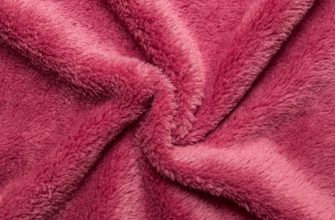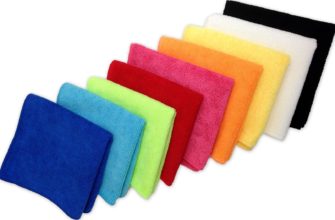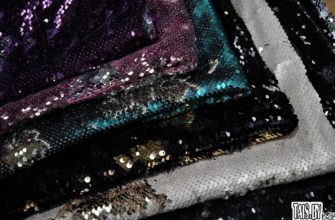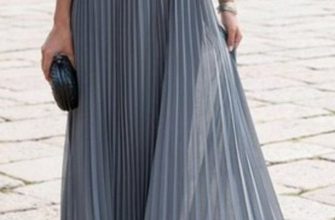Manufacturers of textile products often indicate the abbreviation PAN on the label - what kind of fabric - not every consumer is familiar with. One thing is clear, if you buy a thing with PAN threads, it will always have an impeccable appearance, will not wrinkle, fade or shed.
The goal of developing fabrics containing PAN fibers was to create a material as close to natural as possible. Although in fact this fabric is considered synthetic. Such fibers are found in cashmilon, orlon, nitron and other similar types.
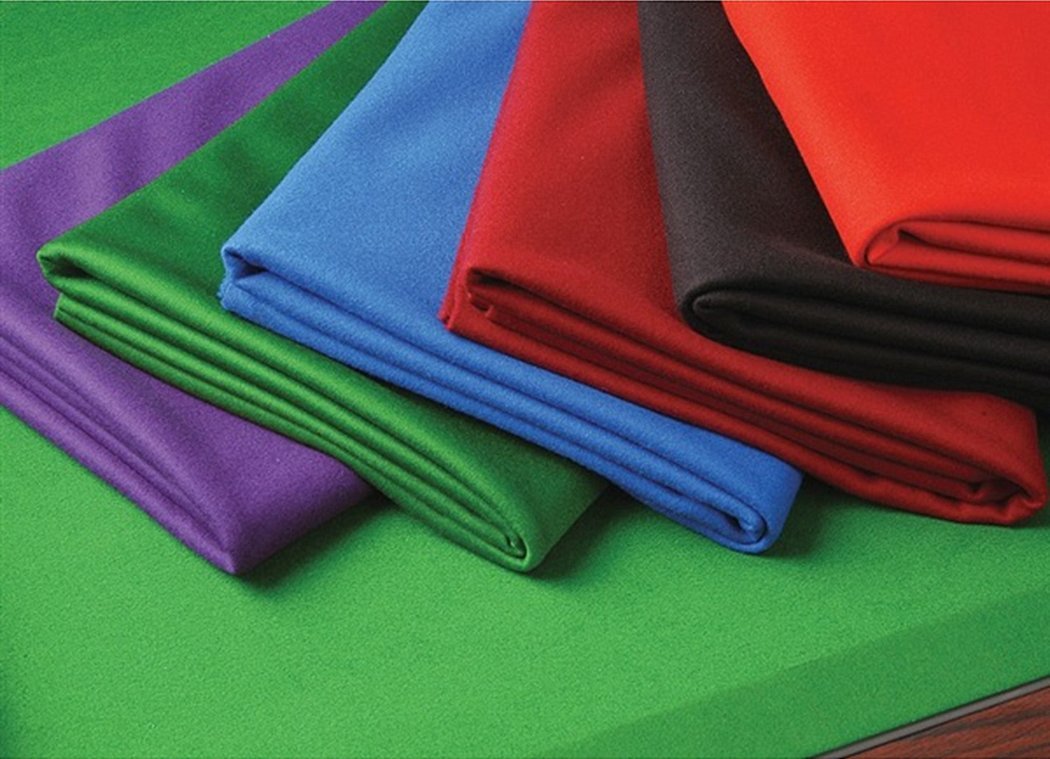
PAN fabric - what is it
What is PAN fabric, what properties does it have, why is it so popular? At first glance and in structure, this fabric resembles artificial wool. The abbreviation PAN indicates that it contains polyacrylonitrile fibers, i.e. acrylic.
The material, although produced synthetically, has high aesthetic and operational properties, looks presentable. Apparently, this is what made it so popular.
For your information! The colors are always bright, the color is saturated, the service life is long. The reason for such high quality characteristics is hidden in a special manufacturing method.
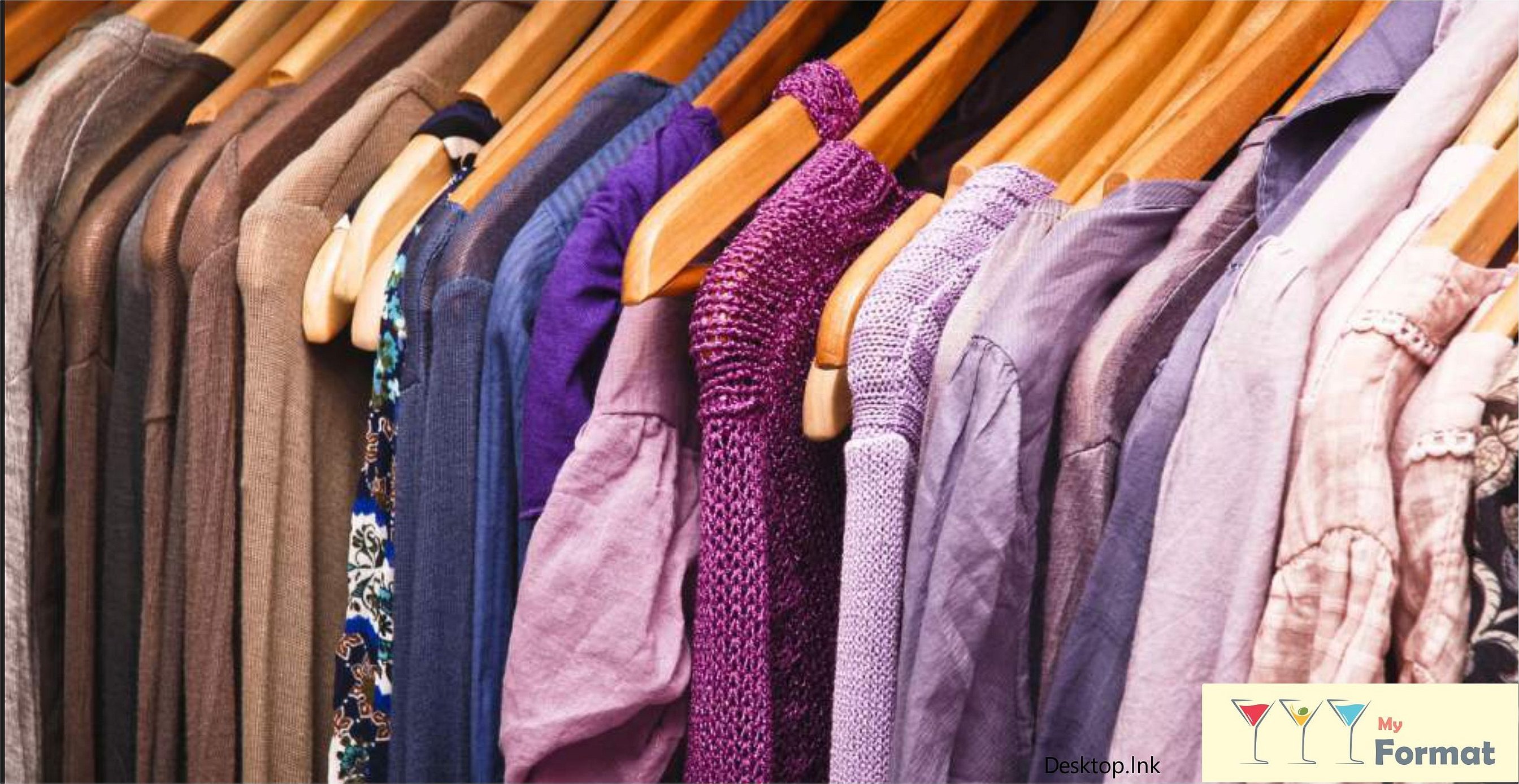
Production of material
Having become familiar with the technology of fabric production, and it is very complex, one can, albeit jokingly, say that the material is created from thin air:
- the raw material in production is ordinary natural gas, from which hydrocyanic acid with acetylene is first obtained;
- In special factory conditions, the highest grade fibers are produced. They are continuous, due to which the fabrics are smooth and the pattern is clear;
- the fabric is woven in one of two ways: dry and wet;
- It is regenerated with solvents dimethylacetamide or dimethylformamide.
For your information! The technology was first tested back in 1947.
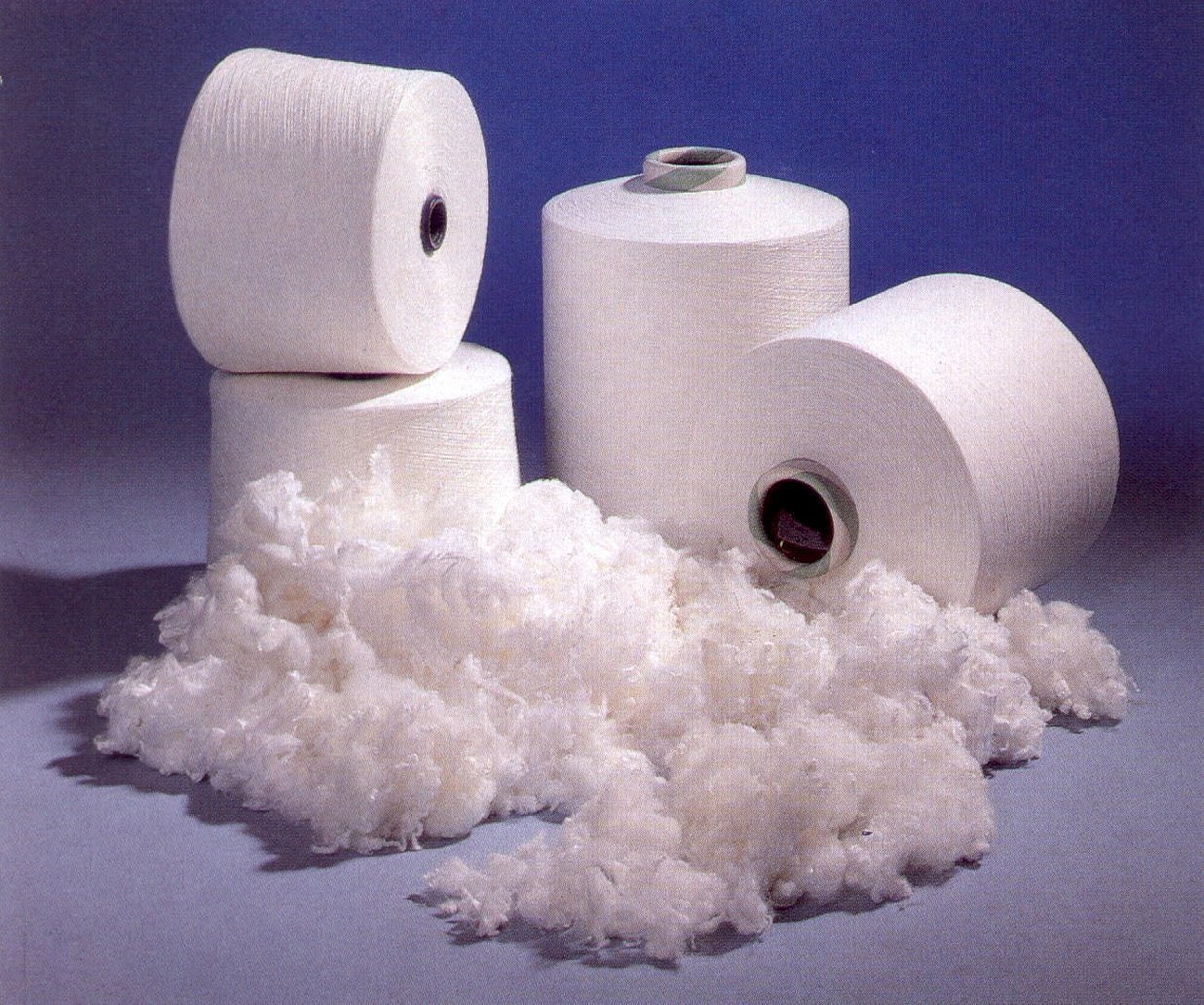
PAN is dyed during the manufacturing process, which is why the fabrics are so resistant to fading and shedding. They retain their original appearance for a long time.
If the painting is done after the canvases have been made, it will not hold up as well, but will fade when washed and burn out.
PAN: fabric composition, what is it
In a nutshell, it is a 100% synthetic fabric made of continuous acrylic fibers. Manufacturers cut them into spatulas, creating a material that resembles artificial soft wool. PAN stands for polyacrylonitrile content in the product.
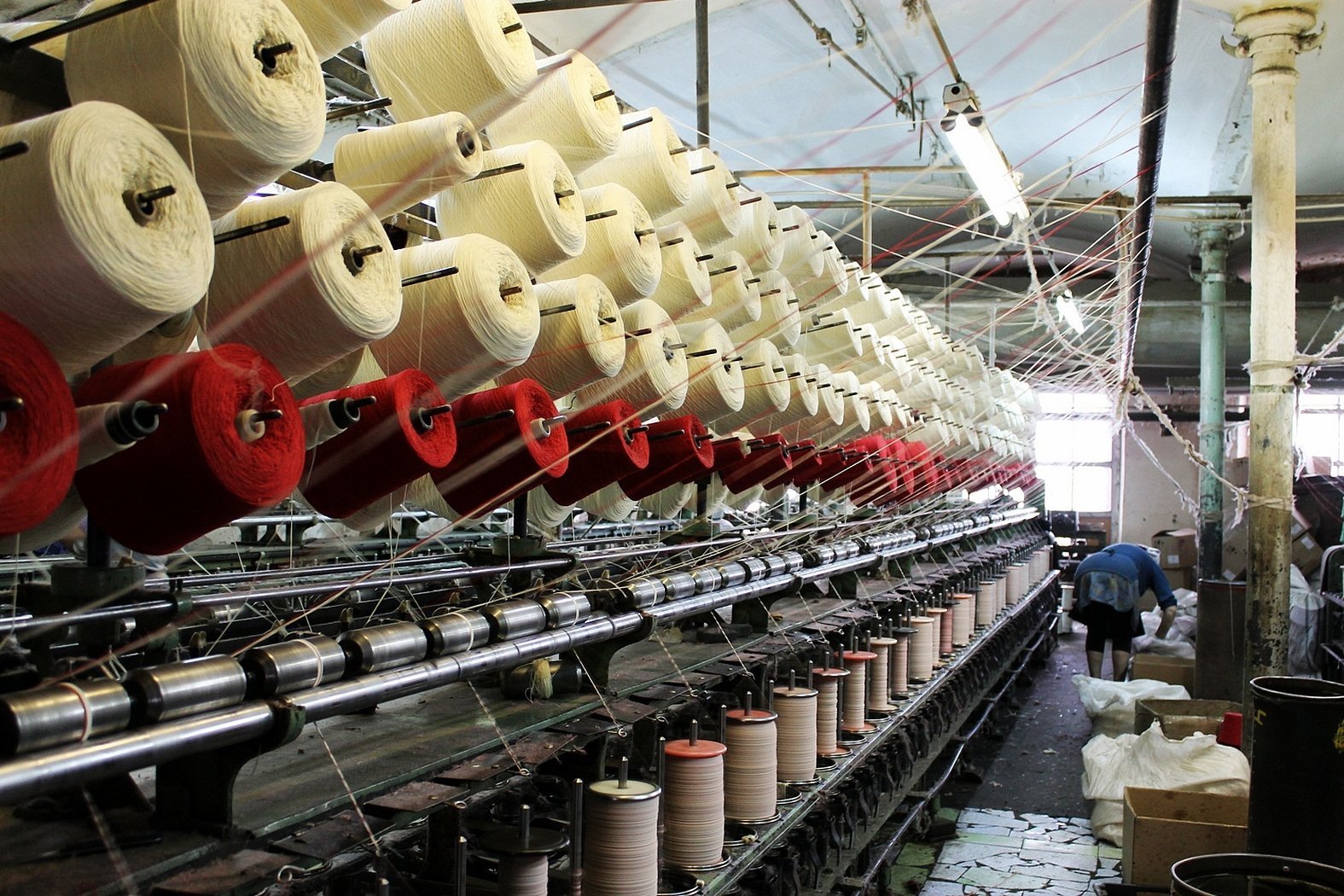
Characteristics of PAN material
The modern textile industry pleases the consumer with a variety of fabrics of different origins. If previously only natural fabrics were valued, now synthetic samples are in huge consumer demand. Material with the abbreviation PAN on the labels may contain:
- redon;
- prelan;
- crelon;
- nitron;
- Orlon and others
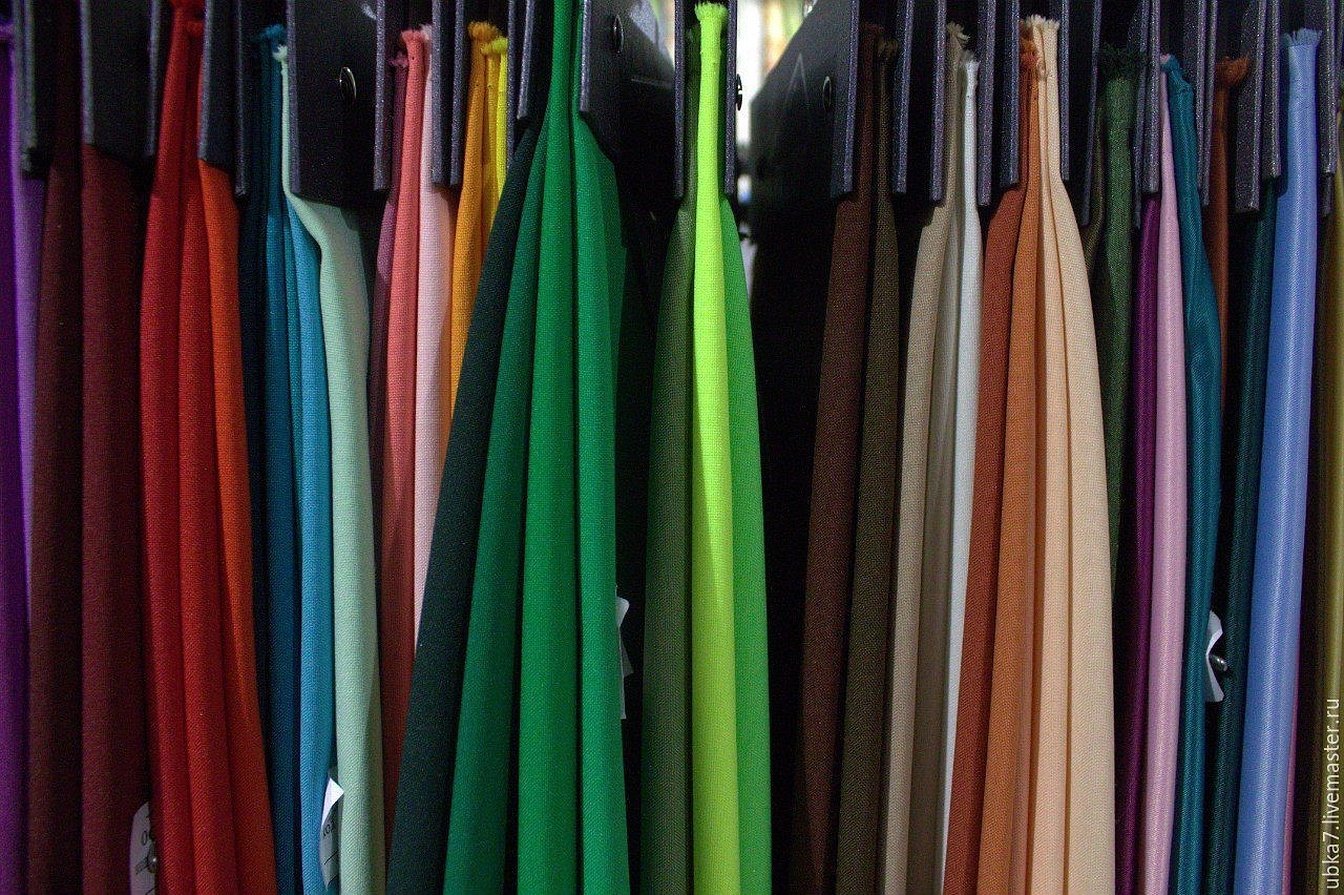
Pan as a raw material is often added to the composition of angora, mohair and wool in the production of yarn for knitting. The percentage ratio can be approximately as follows: PAN - 70%, wool - 30%. This affects the hygienic properties of the finished product, heat-insulating qualities.
Please note! The higher the acrylic content, the cheaper the material will be.

Scope of application of the material
What are PAN fibers in the fabric? Are they harmful to humans? What textile category does the material belong to? What products are made from it? In fact, fabrics containing Pan threads are harmless and of very high quality.
Pan fabrics are used to obtain:
- curtains;
- curtains;
- curtains.
The products are respectable in appearance, soft to the touch, durable. They are used in this industry because they drape well.
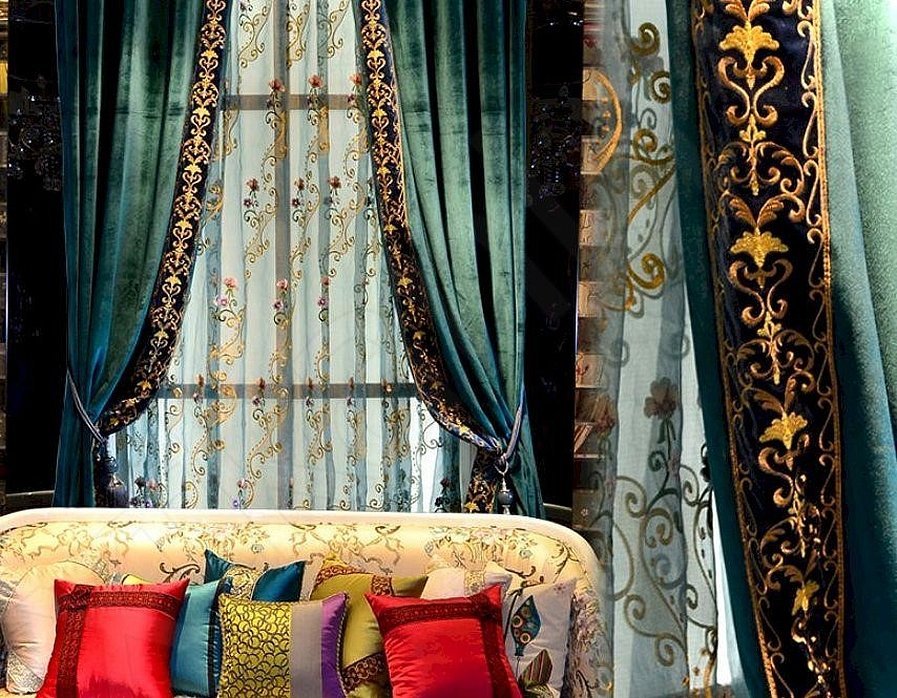
Clothes are sewn from such fabrics:
- special purpose;
- festive;
- children's;
- winter.

Acrylic is also used to produce:
- winter shoes;
- decorative elements;
- faux fur.
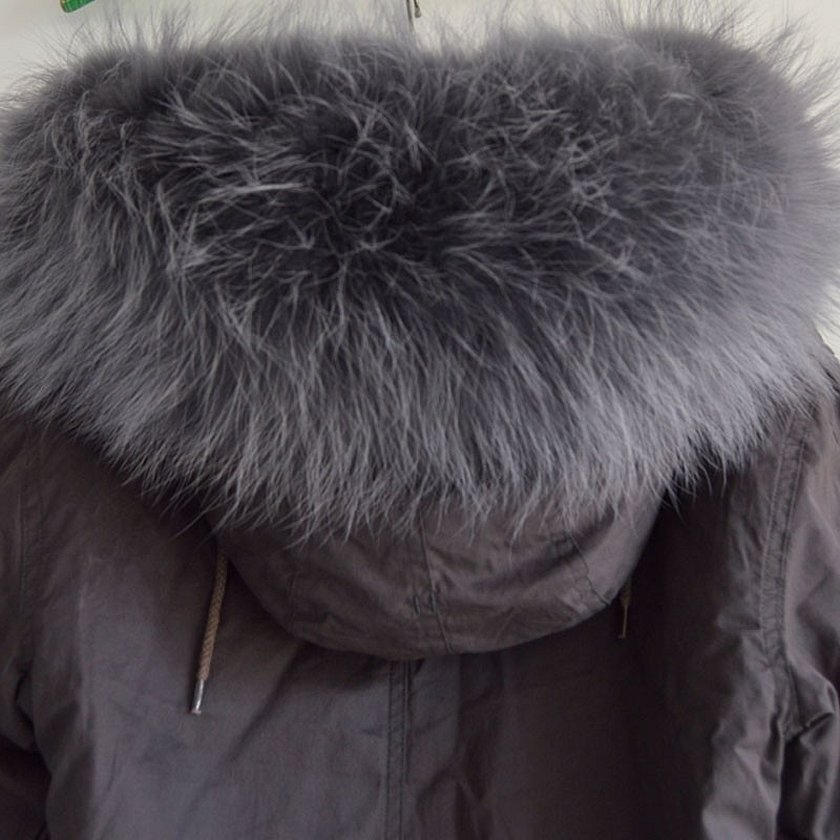
The fabric has also found its application in the advertising industry. It produces high-quality:
- banners;
- awnings;
- awnings;
- advertising banners;
- signs.
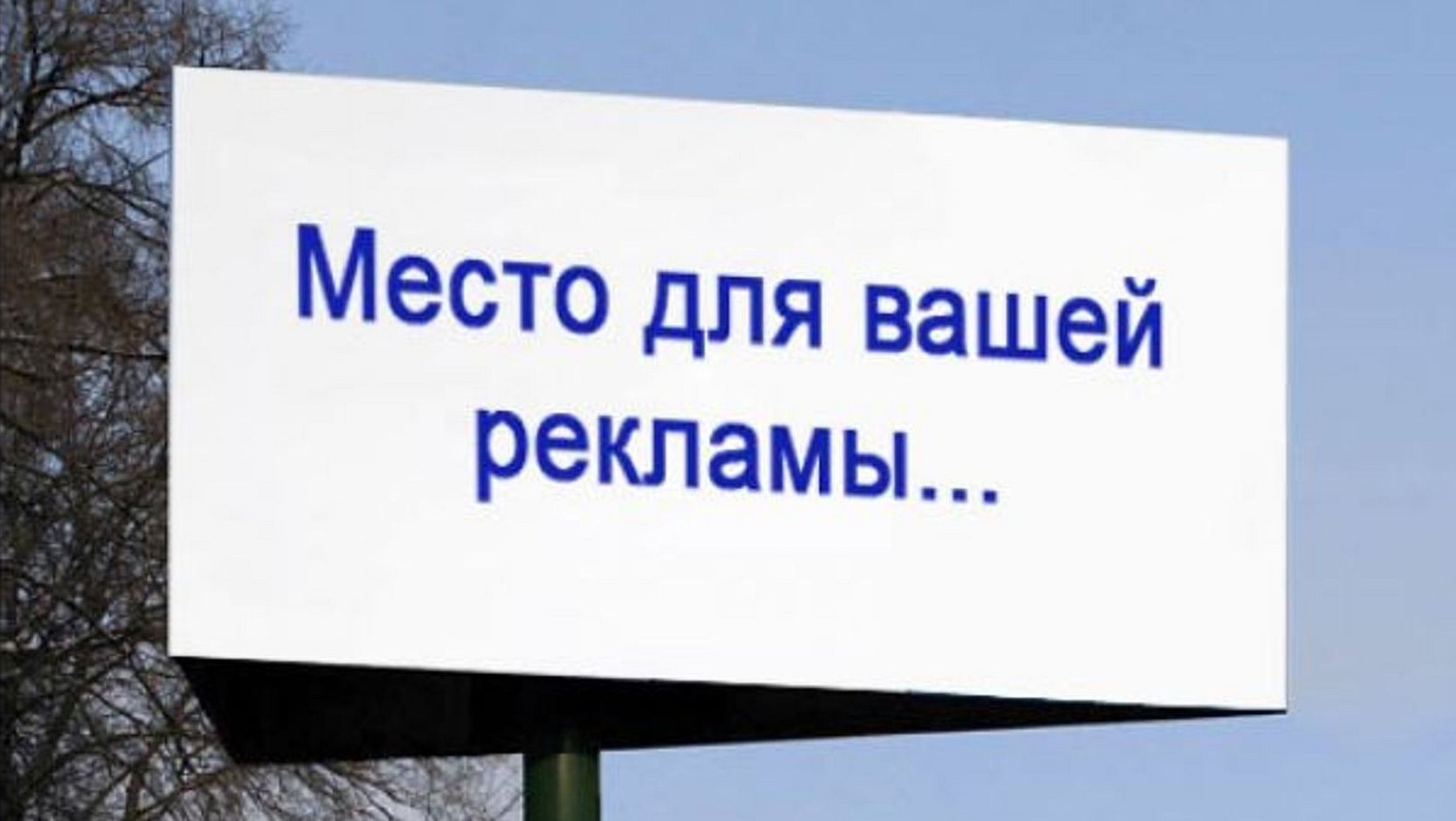
It produces stylish and very good:
- bedspreads;
- warm blankets;
- decorative elements;
- pillowcases;
- soft toys;
- small home rugs;
- house slippers.
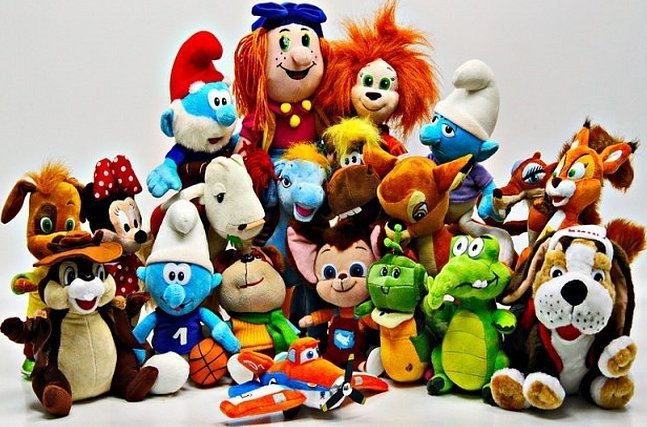
Thus, it is used almost everywhere. This is because it has many more positive properties than disadvantages. The disadvantages include the fact that it warms worse than its natural analogue. For example, a child may freeze in cool weather if he or she wears a product made of PAN fabric.
Subtleties of caring for wool with PAN in the composition
Rules for caring for PAN items:
- Products made from this fabric can be washed both by hand and in the machine, the main thing is that the water temperature does not exceed 30°C;
- When washing, you can add gels, powders and other detergents to the water;
- It is not recommended to wring out the products. After washing, it is better to lay them out horizontally on a dryer;
- You can iron, but not with a very hot iron, preferably through gauze.
Please note! Stubborn stains that appear on items can be removed with stain removers that do not contain phenol or formalin.
It turns out that caring for items made from PAN fabric is not difficult. This is another significant plus in favor of choosing it.
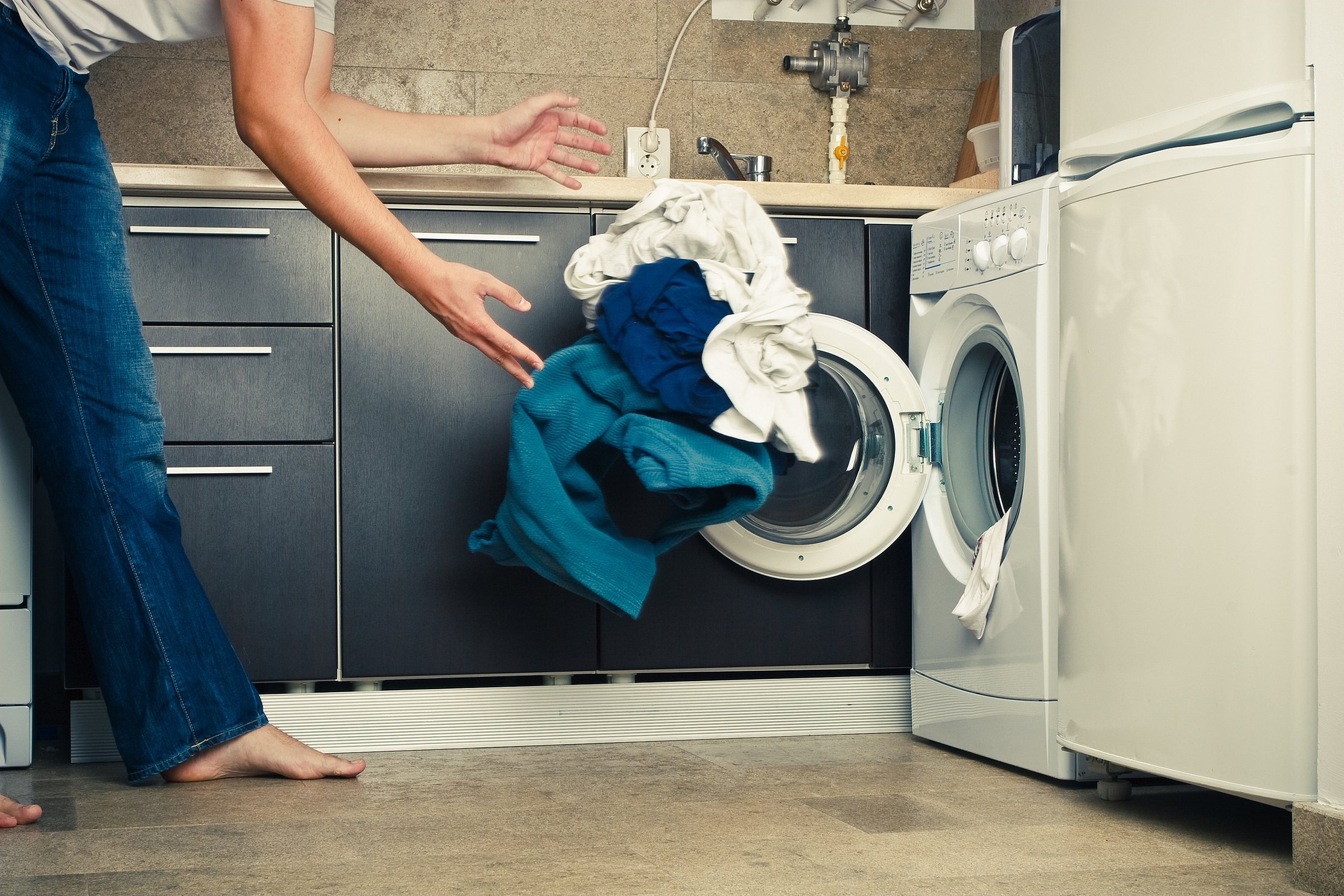
Advantages and disadvantages of fabric
The reason for the high popularity of the fabric is a number of positive properties that it has:
- the structure of the canvas is resistant to destruction;
- does not deform if you do not iron it with a too hot iron;
- maximum permissible temperature range is 130°C;
- inert to ultraviolet radiation;
- has a soft, smooth surface;
- endowed with the best possible thermal insulation properties;
- dries quickly after washing;
- things made from it do not stretch or shrink;
- the fabric is not destroyed by microorganisms and moths;
- tolerates any washing and cleaning agents well;
- perfectly retains pigments in the form of a factory print;
- wrinkle resistance, which is very important for everyday wear items.

Being a synthetic product, PAN fabric:
- electrifies;
- may form pellets;
- due to the looseness of the fabric structure, it absorbs various types of dirt, especially fat;
- practically does not absorb moisture;
- has low air permeability.
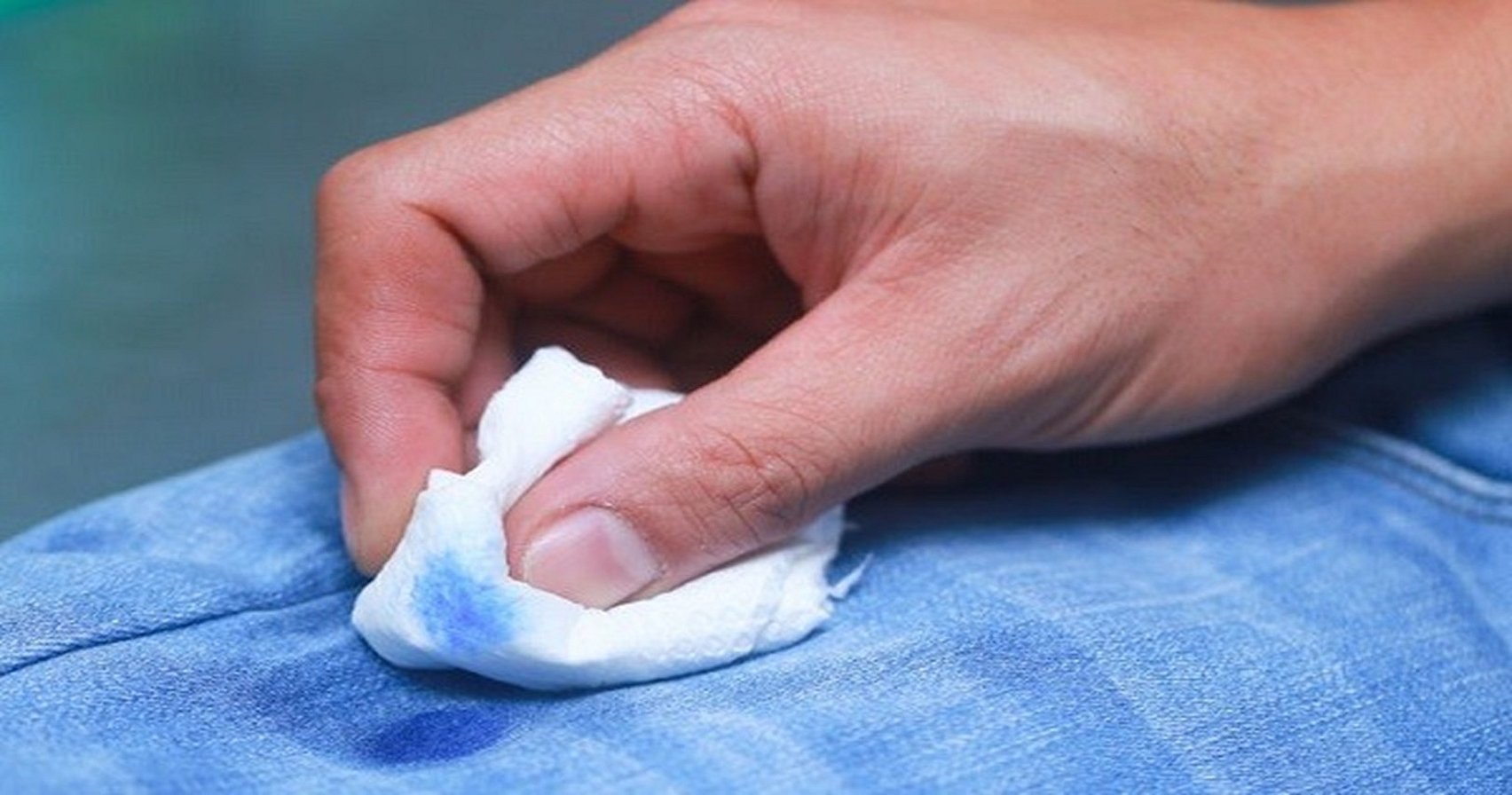
PAN has many more advantages than disadvantages, and even those may not seem so serious to some. This means that the synthetic fibers in the fabric make it high-quality. Products made from it are practical, comfortable to wear, and durable.
Wrinkle resistance and fading resistance are the main requirements, especially for summer items. Few natural samples can boast such properties. In addition, not every item made of natural fabric can be washed in a washing machine. Here the situation is completely different.
We can go on for a long time analyzing the distinctive qualities, comparing the material with other types, but, probably, what was presented above in the article will be enough to get an idea. It is already clear that things that contain Pan fibers can be safely bought, worn, sewn from it for children's things, home decor items.

